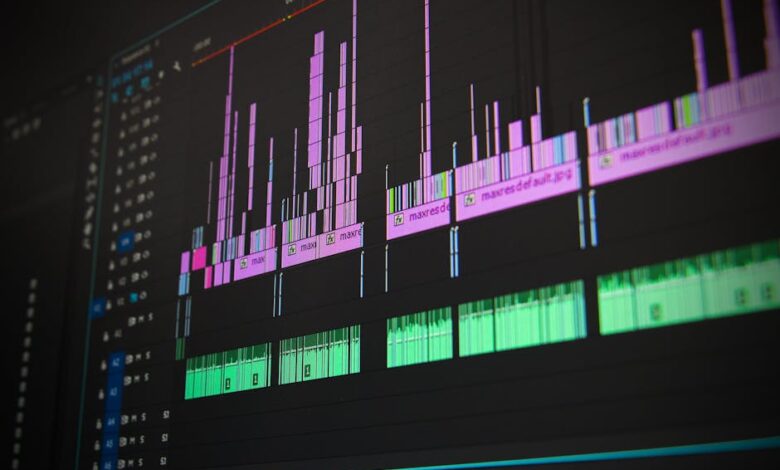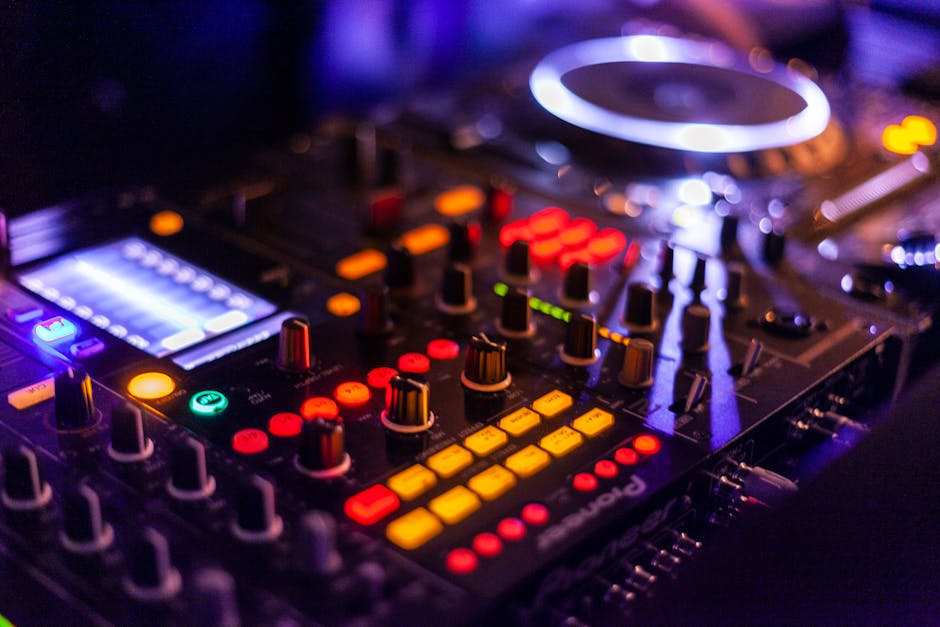Best Free Eq Vst

So, you’re looking for the best free EQ VST plugin? That’s awesome! Getting a good EQ (equalizer) is super important for making your music sound its best. It’s like the seasoning in your audio recipe, helping you sculpt the frequencies, remove muddiness, and add sparkle. But who wants to spend a ton of money when there are fantastic free options out there? Let’s dive into some of the top contenders that won’t cost you a dime!

Why You Need an EQ VST
Before we jump into the plugins, let’s quickly talk about why you need an EQ in the first place. Think of sound as a mix of different frequencies – bass (low sounds), mids (middle sounds), and treble (high sounds). An EQ lets you adjust the volume of these frequencies. It’s essential for:
- Cleaning up your mix: Reducing unwanted frequencies like hum or rumble.
- Balancing different instruments: Making sure each instrument has its own space in the mix and isn’t clashing with others.
- Adding character: Boosting certain frequencies to make a sound warmer, brighter, or punchier.
- Fixing problems: Correcting poorly recorded sounds or instruments.
In short, an EQ is your go-to tool for making your music sound professional and polished. And the best part? You don’t need to break the bank to get a great one.
Top Free EQ VST Plugins
Alright, let’s get to the good stuff! Here are some of the best free EQ VST plugins available, catering to different needs and preferences:
1. TDR Nova
TDR Nova is a parallel dynamic equalizer. What does that mean? It’s basically a parametric EQ combined with a dynamic EQ and a compressor. It’s incredibly versatile, allowing you to make subtle adjustments or dramatic changes to your sound. It’s especially good for mastering and vocal processing. Don’t be intimidated by the advanced features; it’s surprisingly easy to learn and use.
2. Voxengo Marvel GEQ
Voxengo Marvel GEQ is a classic graphic EQ. It’s super simple to use – just move the sliders to adjust the frequencies. It’s great for quick and easy tweaks. It’s especially useful for shaping the overall tone of a track or bus. Think of it like a broad brush for your sound.
3. Tokyo Dawn Labs SlickEQ
SlickEQ is another excellent offering from Tokyo Dawn Labs. While they have a paid version, the free SlickEQ M is incredibly capable. It’s designed for mixing and mastering, with a focus on musicality. It has a smooth, analog-style sound that can add warmth and character to your tracks. It’s known for being very gentle and forgiving, so you can experiment without fear of harsh results.
4. Blue Cat’s Triple EQ
Blue Cat’s Triple EQ is a simple, three-band semi-parametric EQ. It has low-shelf, high-shelf, and peak filters, giving you the essential controls you need to shape your sound. It’s incredibly easy to use and perfect for beginners. It’s also very CPU-friendly, so it won’t hog your computer’s resources.
5. Ignite Amps PTEq-X
The Ignite Amps PTEq-X is an emulation of the classic Pultec EQP-1A equalizer. Pultec EQs are known for their unique sound and musical curves. This plugin captures that vintage vibe perfectly. It’s great for adding warmth and punch to your tracks. While it’s an emulation, it’s a fantastic way to get that classic sound without the hefty price tag.
6. Analog Obsession BritEQ
Analog Obsession consistently creates high-quality free plugins, and BritEQ is no exception. This EQ aims to recreate the sound of classic British console EQs, known for their musical and punchy character. It’s great for adding some vintage flavor to your tracks and can be used on individual instruments or across your entire mix.
Choosing the Right EQ for You
With so many great free options, how do you choose the right one? Here are a few things to consider:
- Your experience level: If you’re a beginner, start with something simple like Blue Cat’s Triple EQ or Voxengo Marvel GEQ. As you get more comfortable, you can explore more advanced options like TDR Nova or SlickEQ.
- The type of music you make: Different EQs are better suited for different genres. For example, if you make electronic music, you might prefer a clean, precise EQ like TDR Nova. If you make rock or pop, you might prefer an EQ with more character, like Ignite Amps PTEq-X or Analog Obsession BritEQ.
- Your workflow: Some EQs are faster to use than others. If you need to make quick adjustments, a graphic EQ like Voxengo Marvel GEQ might be the best choice. If you need more precise control, a parametric EQ like TDR Nova or SlickEQ is a better option.
The best way to find the right EQ for you is to experiment with different plugins and see what works best for your workflow and your ears. Don’t be afraid to try them all!
Tips for Using EQ Effectively
Now that you have your free EQ plugin, here are a few tips for using it effectively:
Less is often more: Start with small adjustments and listen carefully to the changes you’re making. It’s easy to overdo it with EQ, so be subtle. Small tweaks can make a big difference.
Use your ears: Don’t just look at the numbers on the EQ. Listen carefully to how the changes affect the sound. Trust your ears!
Cut before you boost: It’s often better to cut unwanted frequencies than to boost desired frequencies. Cutting can clean up your mix and make it sound more balanced.
Use a reference track: Compare your mix to a professionally mixed and mastered track in the same genre. This can help you identify areas where your mix is lacking.
Learn about frequencies: Understanding which frequencies correspond to different instruments and sounds can help you make more informed EQ decisions. For example, knowing that the “muddy” frequencies are usually around 200-500 Hz can help you clean up your low-end.
Safety and Considerations
While EQ is a powerful tool, it’s important to use it responsibly. Over-EQing can lead to a harsh and unnatural sound. It’s also important to be mindful of your ears. Listening to loud music for extended periods can damage your hearing. Take breaks and listen at a reasonable volume.
Frequently Asked Questions
What is the difference between a parametric EQ and a graphic EQ?
A parametric EQ allows you to adjust the frequency, gain (volume), and bandwidth (Q) of each band. This gives you precise control over the frequencies you’re shaping. A graphic EQ has a fixed number of bands with fixed frequencies and bandwidths. You can only adjust the gain of each band. Parametric EQs offer more flexibility, while graphic EQs are simpler and faster to use.
Can I use multiple EQs on one track?
Yes, you can! Sometimes, you might need to use multiple EQs to achieve the desired sound. For example, you might use one EQ to clean up the low-end and another EQ to add some sparkle to the high-end. Just be careful not to over-EQ your tracks.
What is sidechain EQ?
Sidechain EQ is a technique where you use the signal from one track to control the EQ on another track. This can be used to create interesting pumping effects or to make space for certain instruments in the mix. For example, you could use the kick drum to trigger a dip in the bass frequency of a synth pad, creating a rhythmic pumping effect.
Are free EQs as good as paid EQs?
In many cases, yes! There are some fantastic free EQs available that can rival the quality of paid plugins. While paid EQs may offer additional features or a slightly different sound, the free options are more than capable of producing professional-sounding results. The most important thing is to learn how to use your EQ effectively, regardless of whether it’s free or paid.
So there you have it! A rundown of some of the best free EQ VST plugins available. Experiment with these tools, learn their strengths and weaknesses, and most importantly, trust your ears. With a little practice, you’ll be sculpting your sounds like a pro in no time. Happy mixing!



